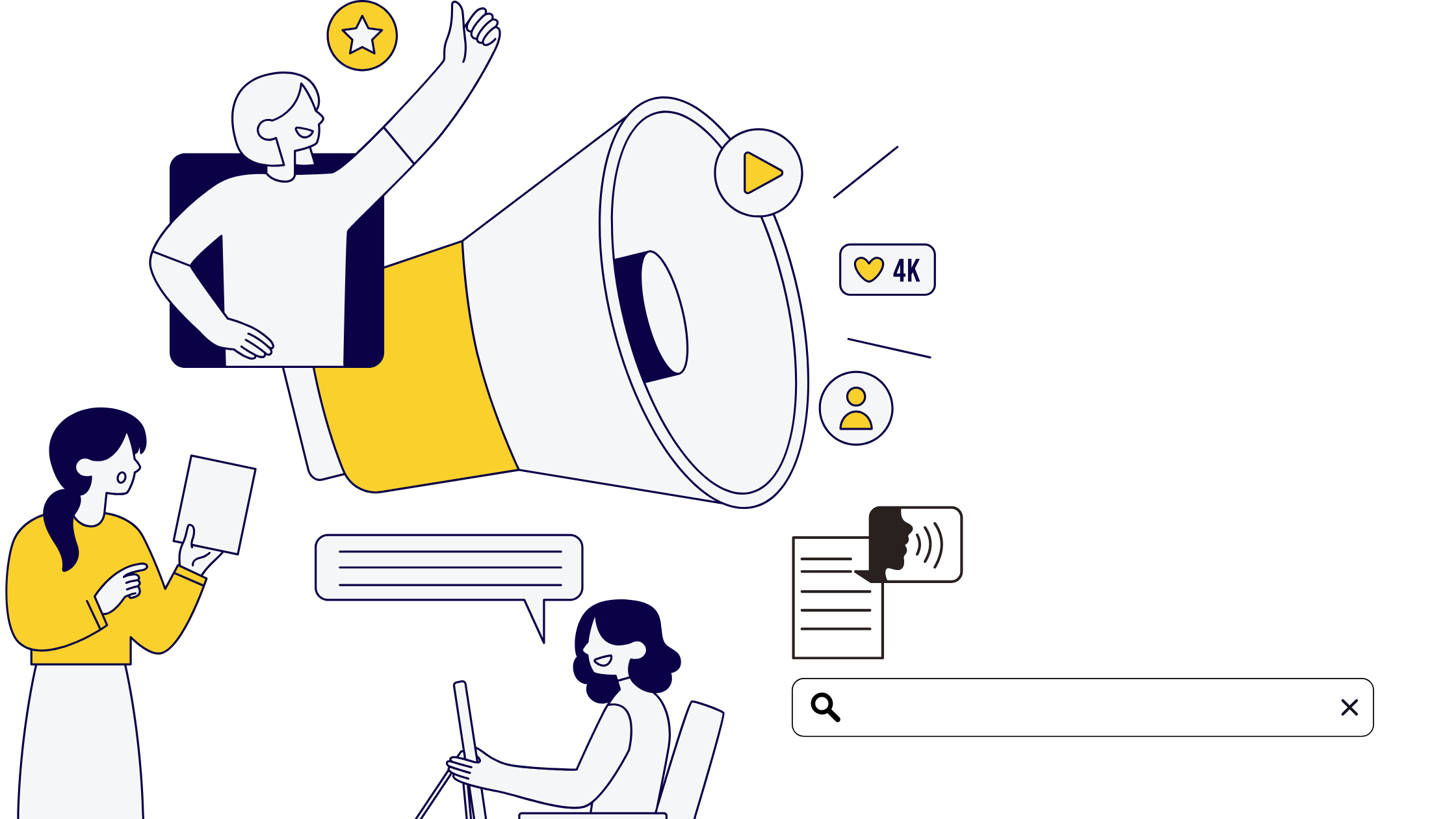What is anchor text?
Anchor Text, also known as link label or link title, is the text in a hyperlink (a link that connects one webpage to another) that is often blue, clickable and underlined, such as this link to the Creometric homepage.
Search engines like Google, Yahoo, or Bing use anchor text to help understand the context of the link and thus, it is considered to be a “ranking factor.”
Now the question is: what kind of anchor text should you use?
Anchor Text Types
1. Exact-match
If the anchor text includes a keyword that mirrors the page that is being linked to.
For example: ‘content marketing’ linking to a page about content marketing.
2. Partial-match
If the anchor text includes a variation of the keyword on the linked-to page.
For example: ‘content marketing strategies’ linking to a page about content marketing.
3. Branded
If the anchor text contains a brand name.
For example: ‘Creometric’ linking to an article on the Creometric Blog.
5. Naked link
If the raw, “naked” URL is used as an anchor text.
For example: ‘www.creometric.com’ is a naked link anchor.
6. Generic/Random
If the anchor text contains a generic word or phrase such as “Click here”.
7. Images
When you link an image, Google will automatically pick up the Alt Text of that image as the anchor text.
Anchor Text Optimisation Techniques for SEO Purposes
Proper use of anchor text can help the linked page to rank for those keywords in search engines. Listed below are the best anchor text optimisation rules to help improve SEO .
1. Don’t ignore your image ALT tags
2. Pay close attention to the surrounding text
3. Make sure you use relevant anchor words
4. Don’t link to or earn links from toxic sites
5. Avoid too many Exact Match Anchors. Randomness is the key when it comes to anchor text. You generally want to strive for:
- a. 30% to 40% branded anchors
- b. 30% to 40% partial match anchors
- c. 20% to 40% generic, related, naked, random, exact match, and other anchors







